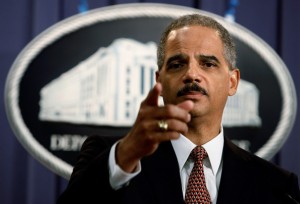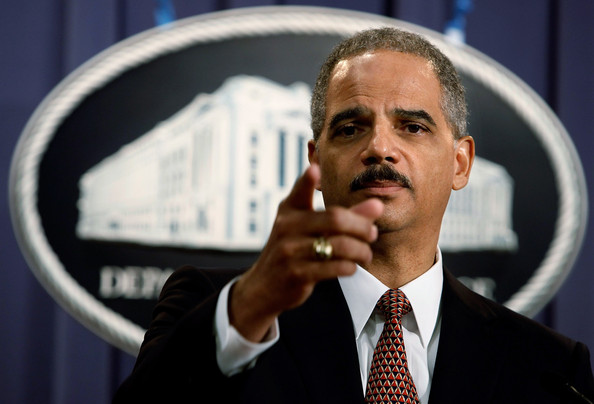
Attorney General Eric Holder
WASHINGTON - U.S. Attorney General Eric Holder announced this week that the Justice Department will expand to 10 – from six – the number of cities participating in the National Forum on Youth Violence Prevention. The planned expansion comes as the original participants continue to struggle through breaking down walls among government agencies and with community-based groups.
The National Forum, established 18 months ago, is designed to allow the cities involved to fashion their individual crime prevention programs that emphasize more comprehensive approaches across government agencies. An initial evaluation by Temple University and the John Jay College of Criminal Justice at the City University of New York found that all six cities showed some “positive indicators” of the initiative but there were no “profound perceptions” among local residents of a reduction in juvenile violence.
Representatives of the six cities – Chicago, Boston, Detroit, Memphis and Salinas and San Jose, Calif. – met in Washington this week to discuss each city’s progress and problems, including difficulties obtaining information from various government agencies and then trying to match data that is reported variously by Census block, political ward, street, congressional district, neighborhood, school district, police district and ZIP code.
David Henry, professor of public health and psychology at the University of Illinois who is involved in Chicago’s youth violence prevention program, said the city’s premier anti-violence program has “lots of information, the problem is trying to match it up.”
One data set, sorted by longitude and latitude in an effort to make it more usable, placed all of Chicago’s criminal incidents in one location – in Missouri. Henry said somehow an extra digit had been added to the geographic coordinates corrupting the data.
Howard Spivak, head of the violence prevention division of the Centers for Disease Control and Prevention, led a session on the centers’ epidemiological approach to crime prevention and the importance of sharing data among various agencies that touch children’s lives. The CDC considers any kind of violence, including gun violence, a public health issue.
Too often, he said, police departments and corrections departments don’t talk to one another and schools and child protective agencies don’t share information. For example, police may release a detained youth without knowing the youth is on probation, Spivak said. “It has been a nightmare getting this kind of data,” he said.
Mallory O’Brien, director of the Milwaukee Homicide Review Commission, explained that her group operates using the public health approach, similar to better known Child Fatality Review Committees, except that the homicide commission collects and disseminates its information in real time, not a year or two later, allowing intervention to take place.
Every homicide in Milwaukee is investigated not just to identify a suspect but to look at all events leading up to a shooting, to learn the relatives and associates of the victim, their contacts with various social service agencies and any information community-based agencies might know about the victim and the suspect, such as gang involvement. They look at the location of the incident and other nearby incidents and even cases dismissed before charges are filed, to determine if patterns of problems are emerging in an area.
O’Brien said that community policing and community prosecution means that officers and prosecutors are familiar with repeat offenders and can make connections among seemingly disparate incidents.
The review commission also investigates nonfatal shootings and near-fatal domestic abuse incidents to help identify children who are at-risk.
“Who thought that homicides are preventable?” O’Brien asked, noting that in 2011 homicides were down 52 percent in three targeted areas in Milwaukee, compared with a 9.2 percent decrease in control areas.

There are so many different agencies that work along side one another- some within the criminal justice system and some within social services. There would probably be more success if they were able to work together rather than just in passing, but with bureaucracy and man power issues, it’s probably easier said than done.